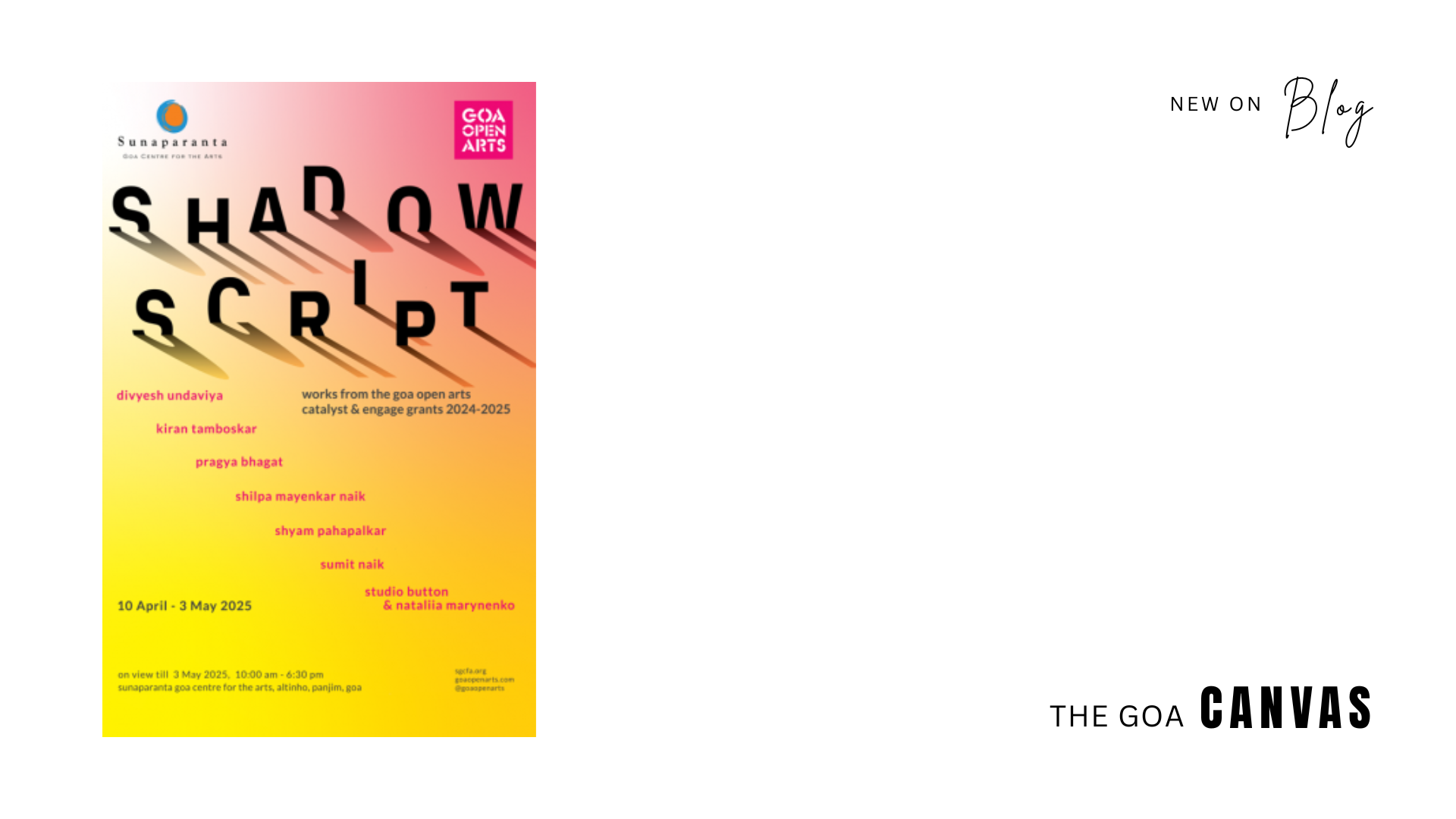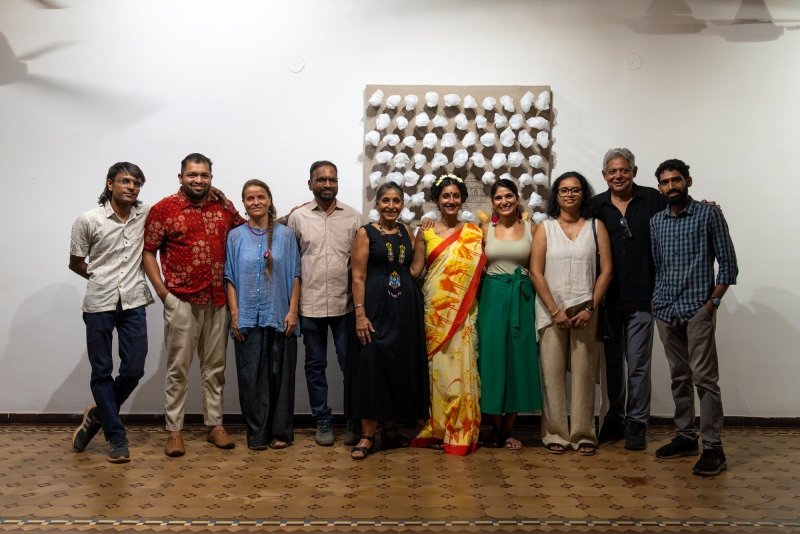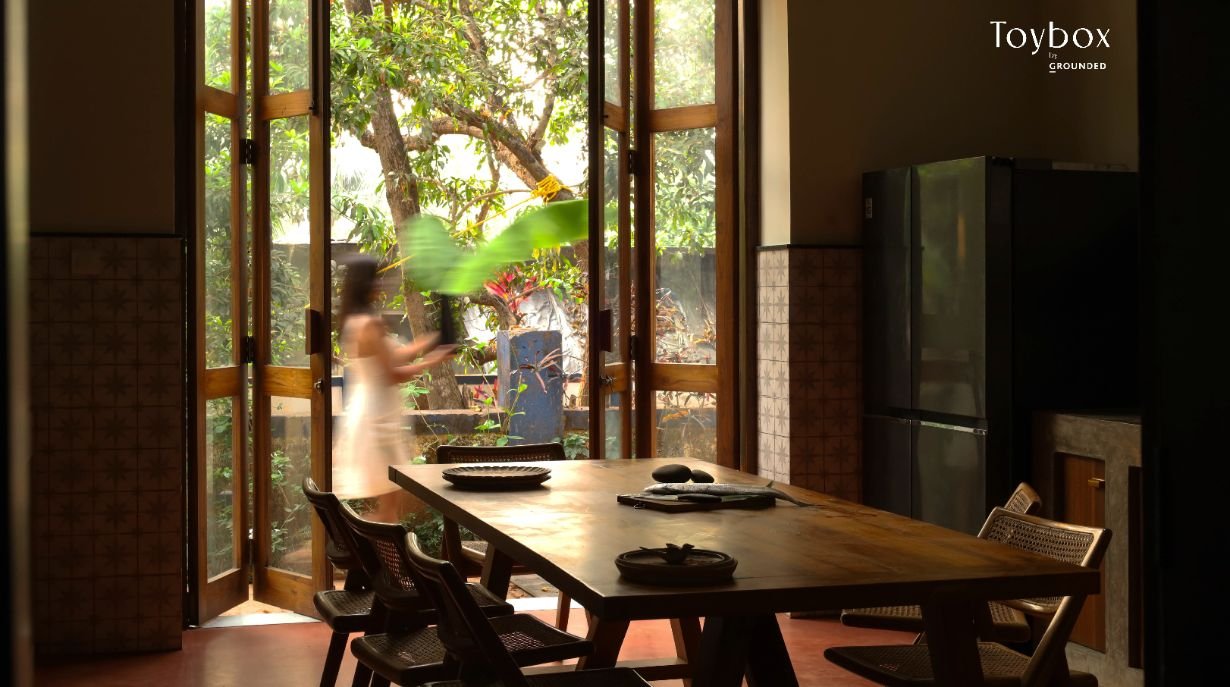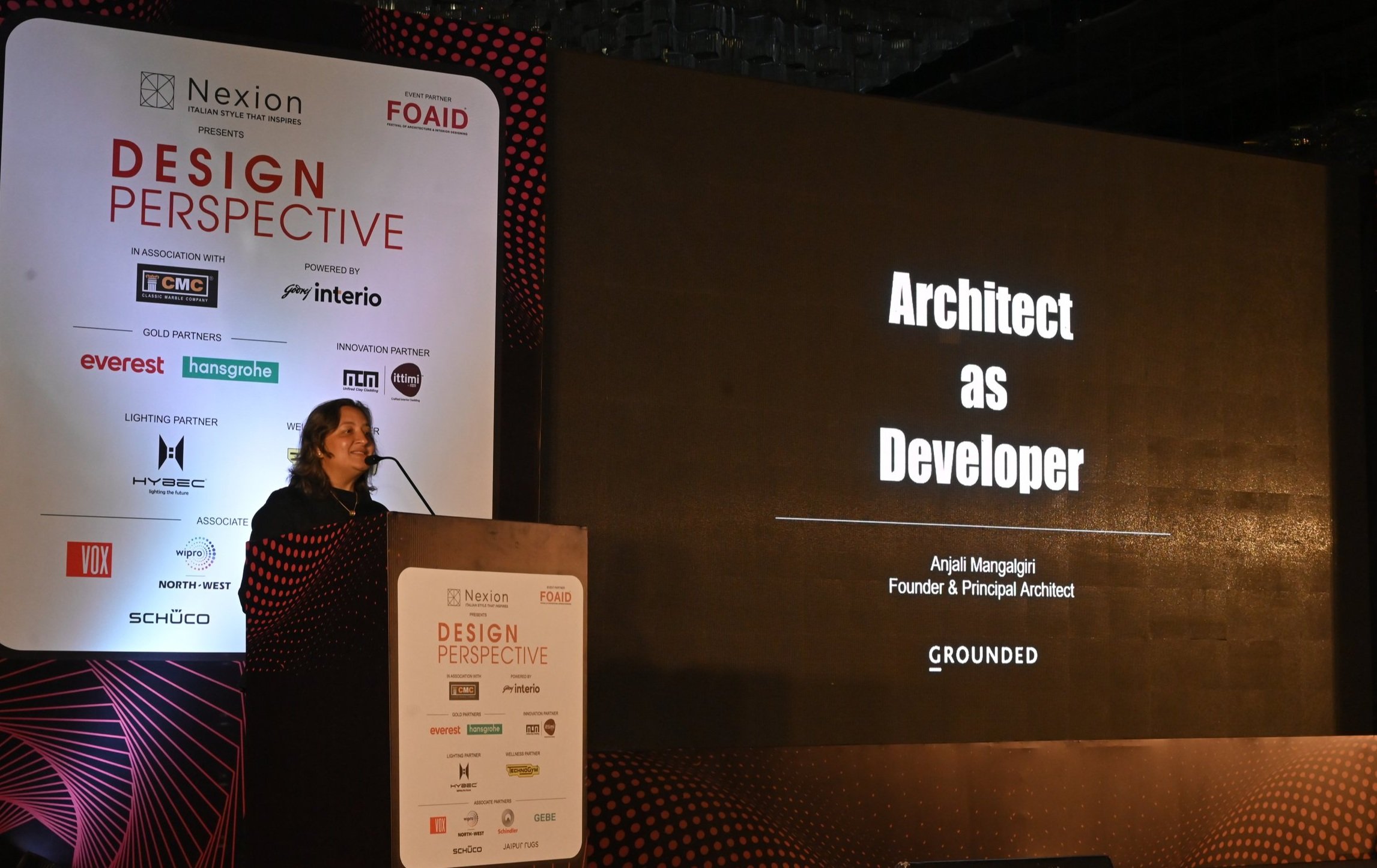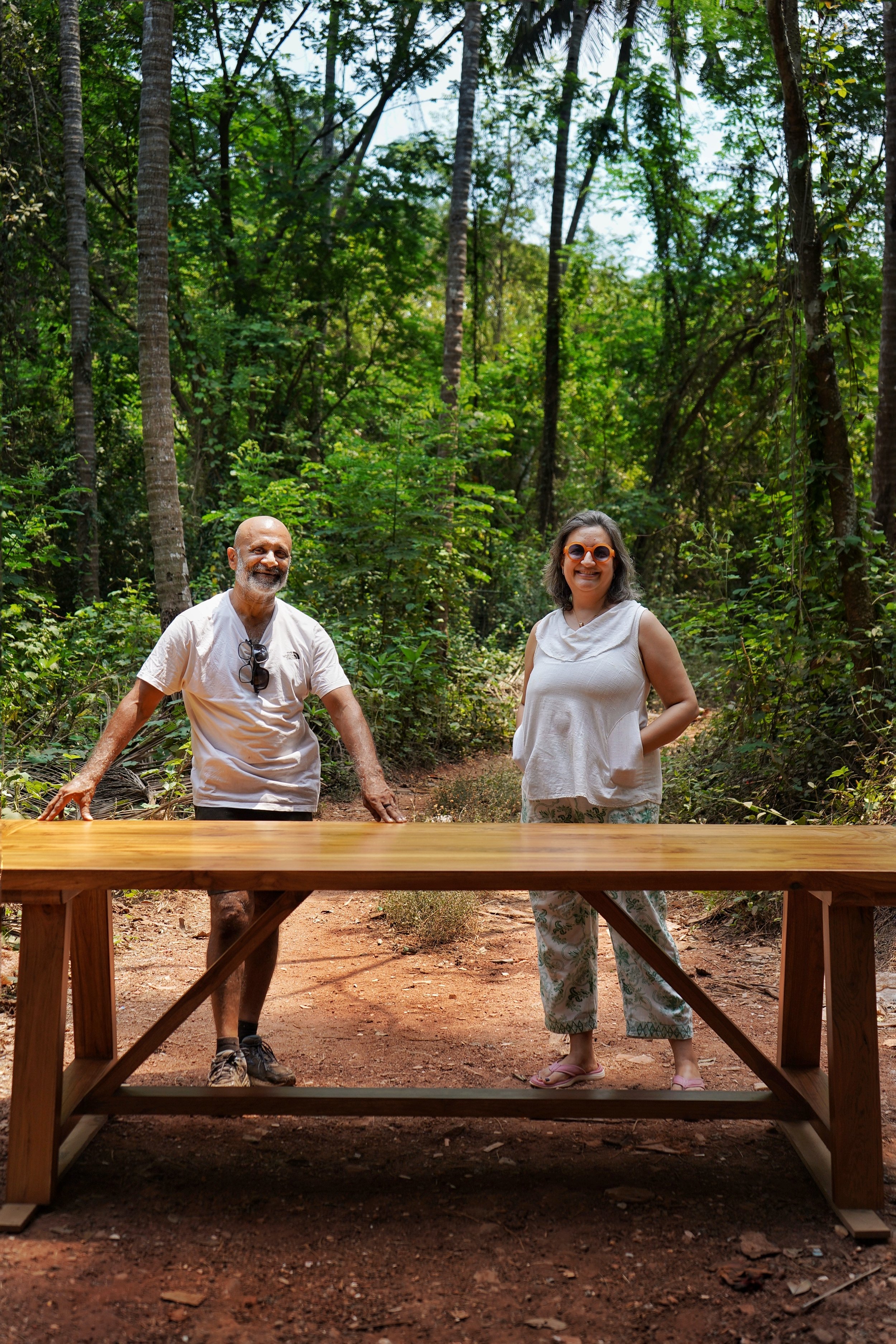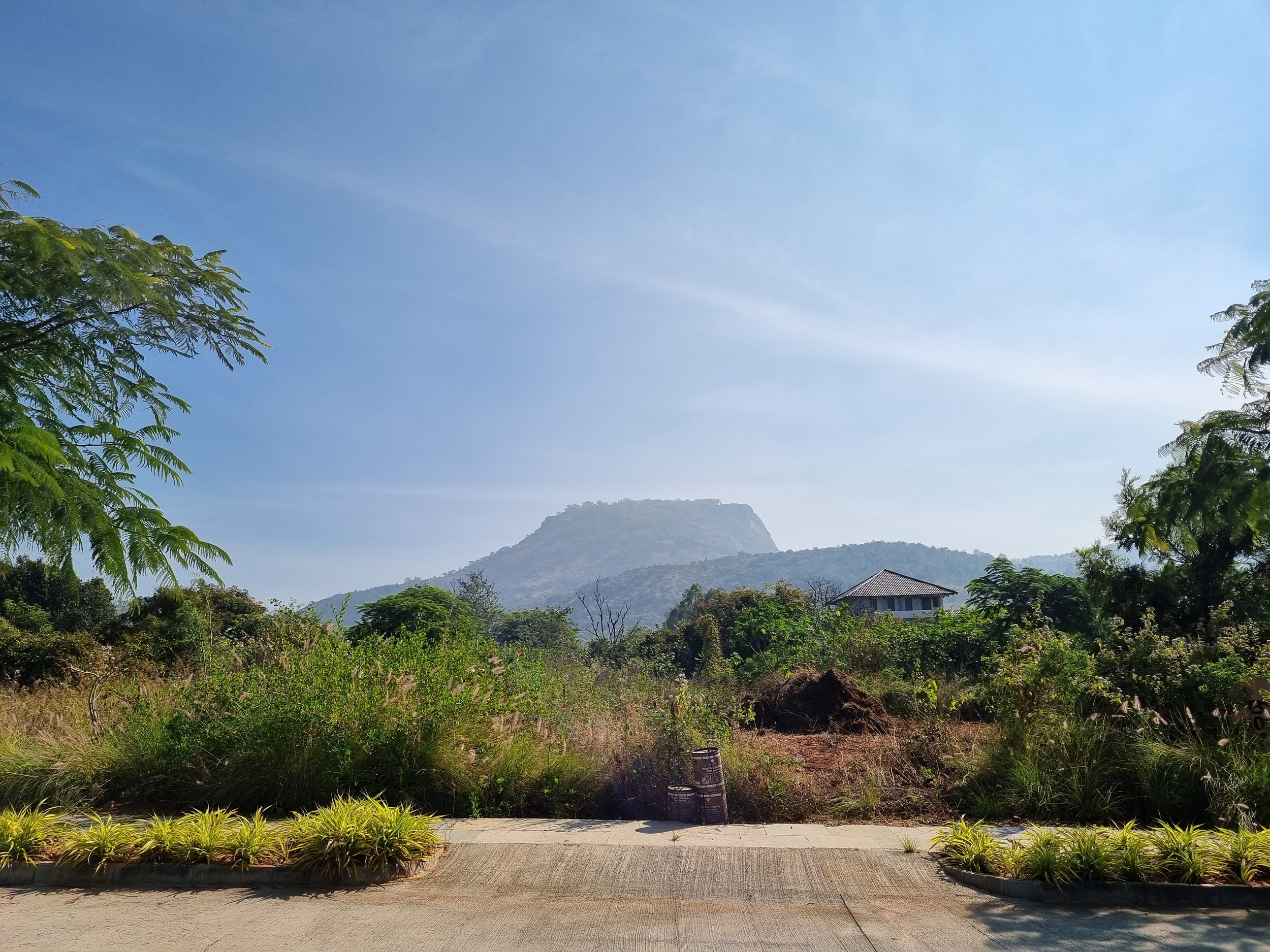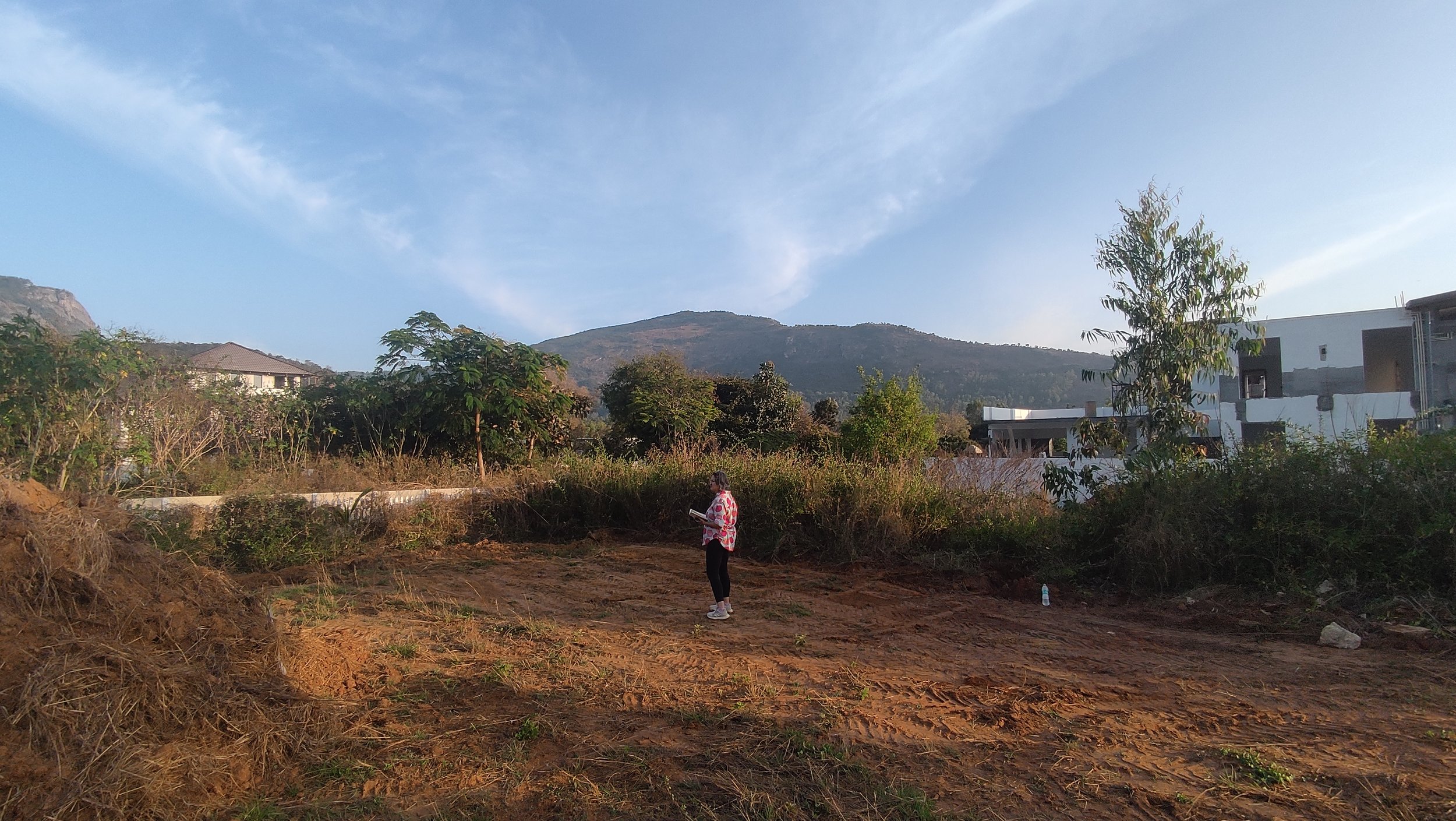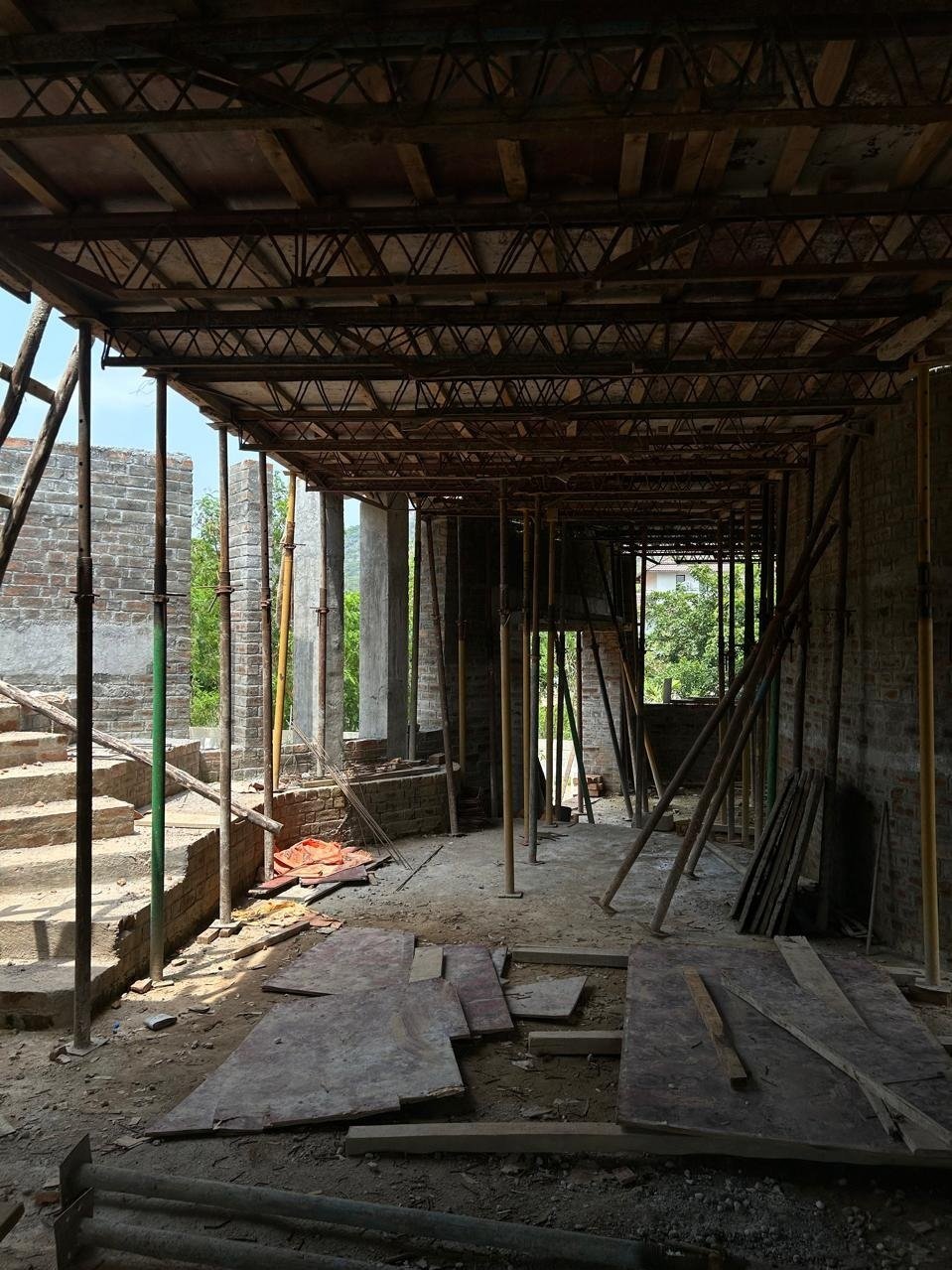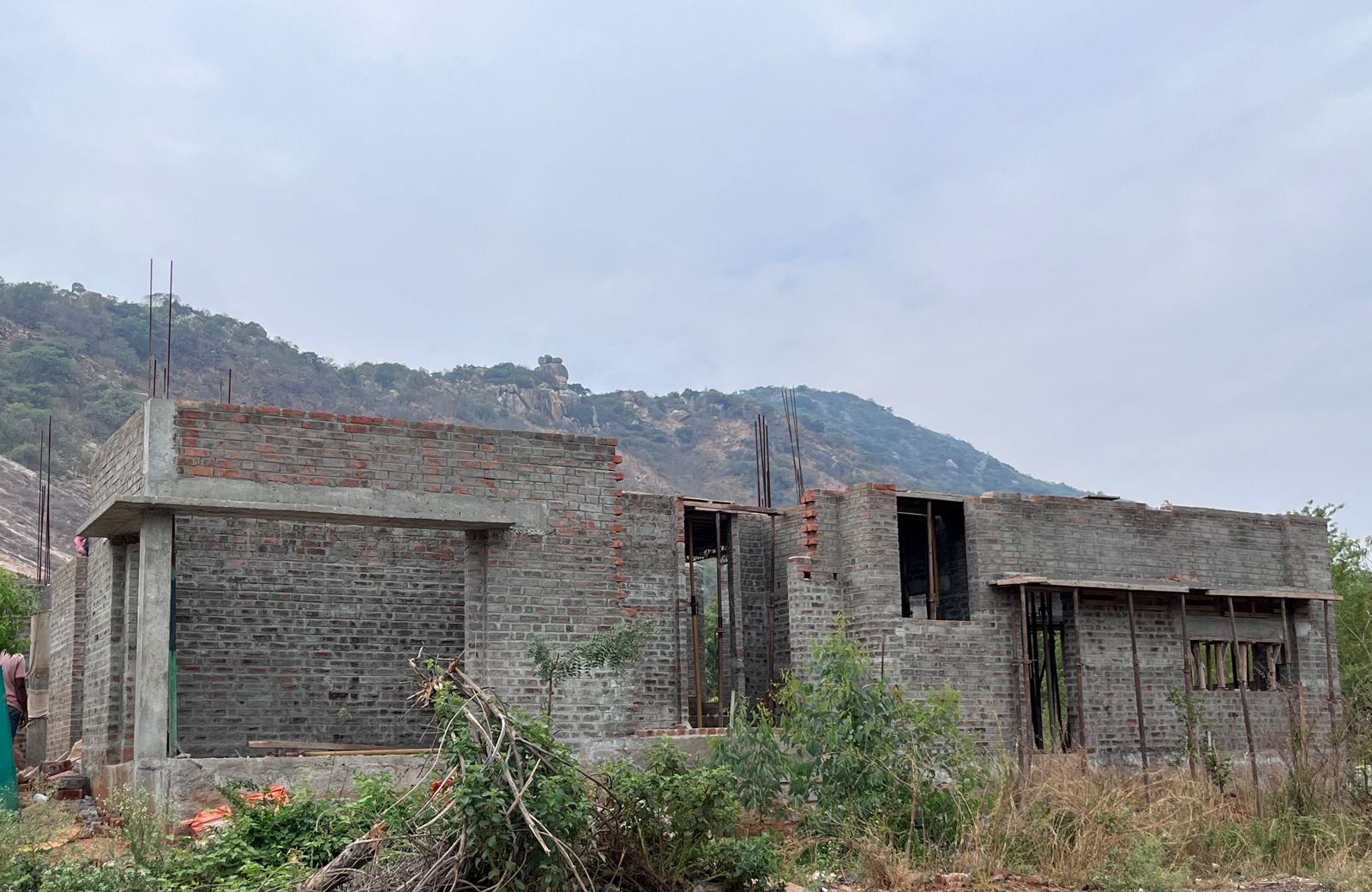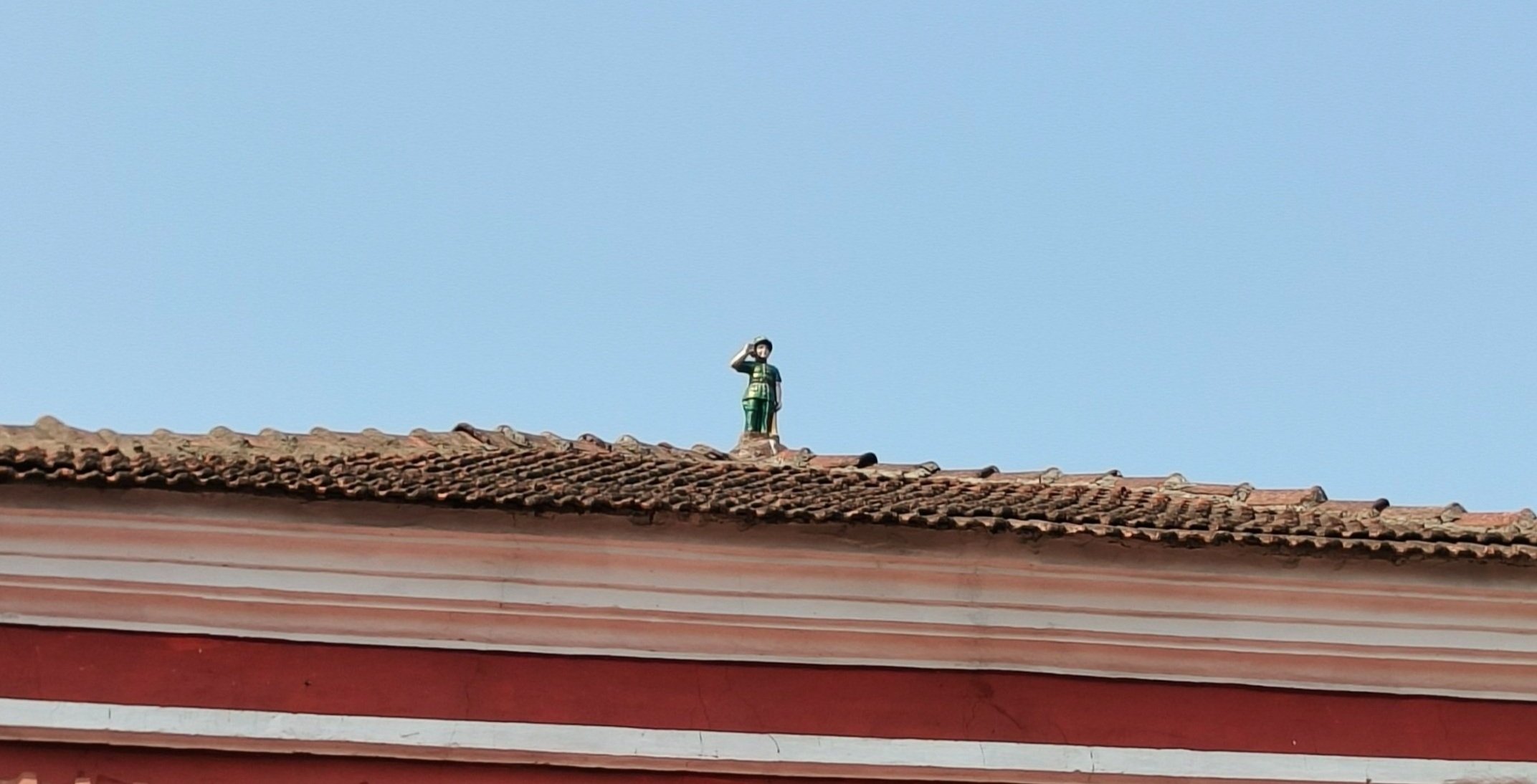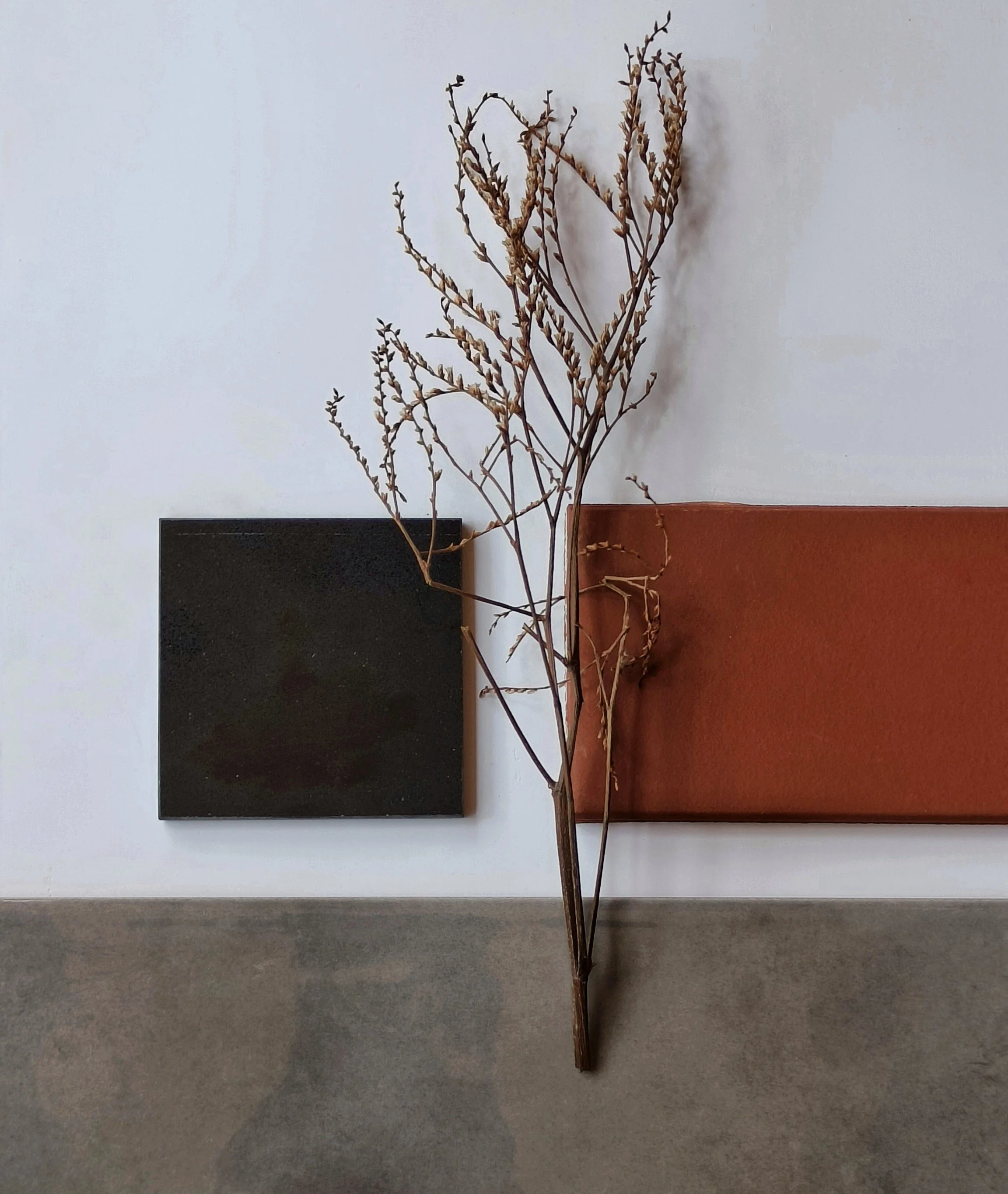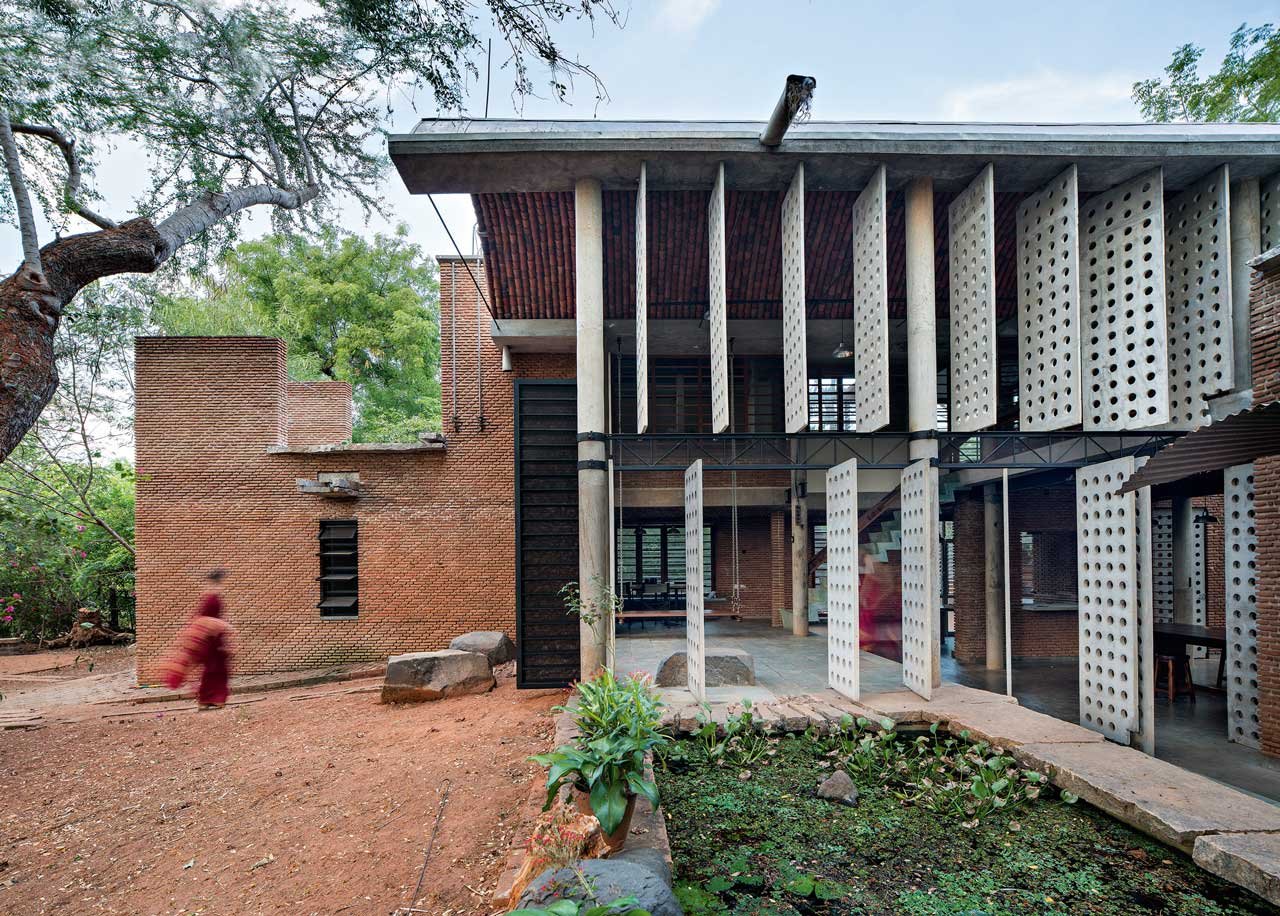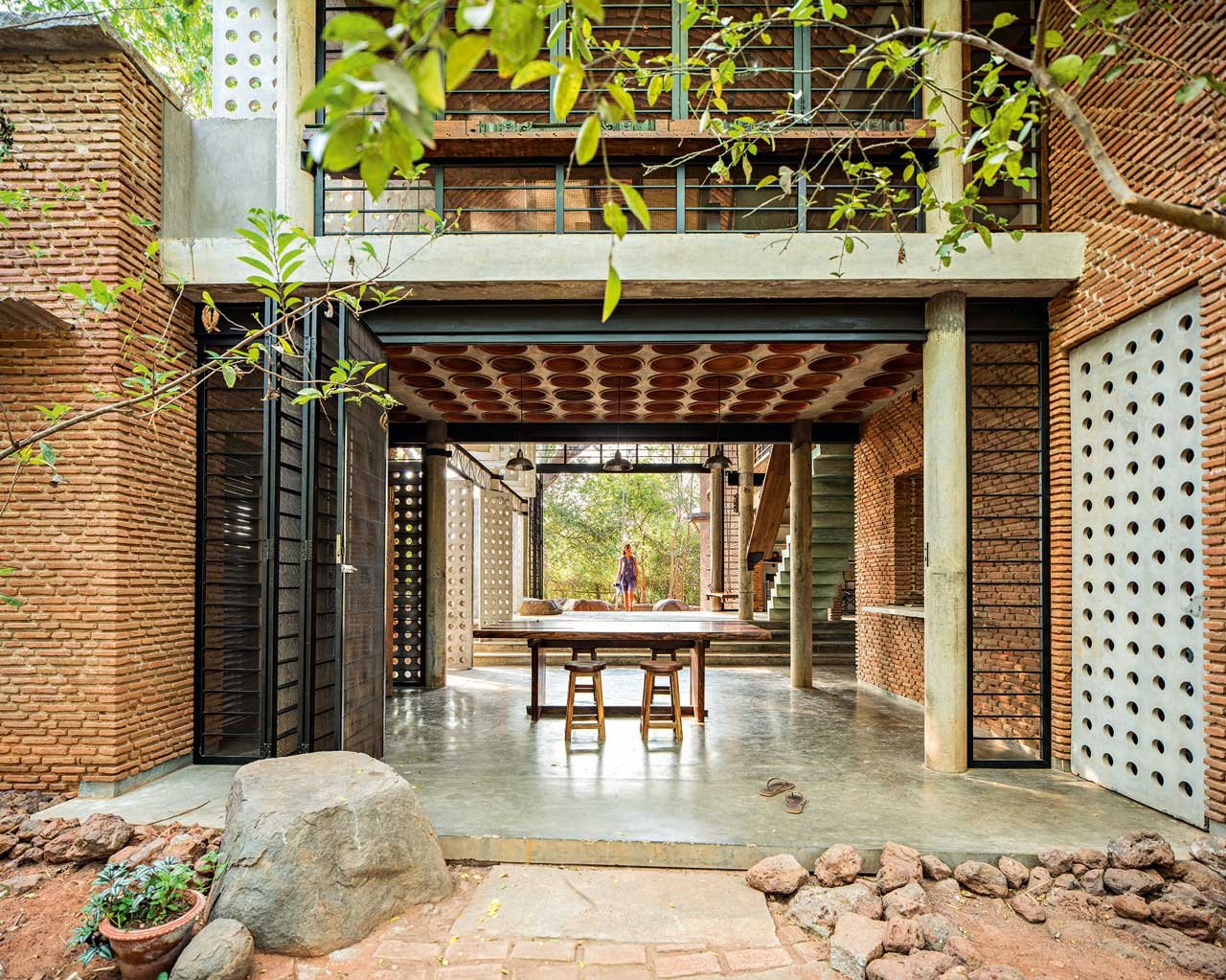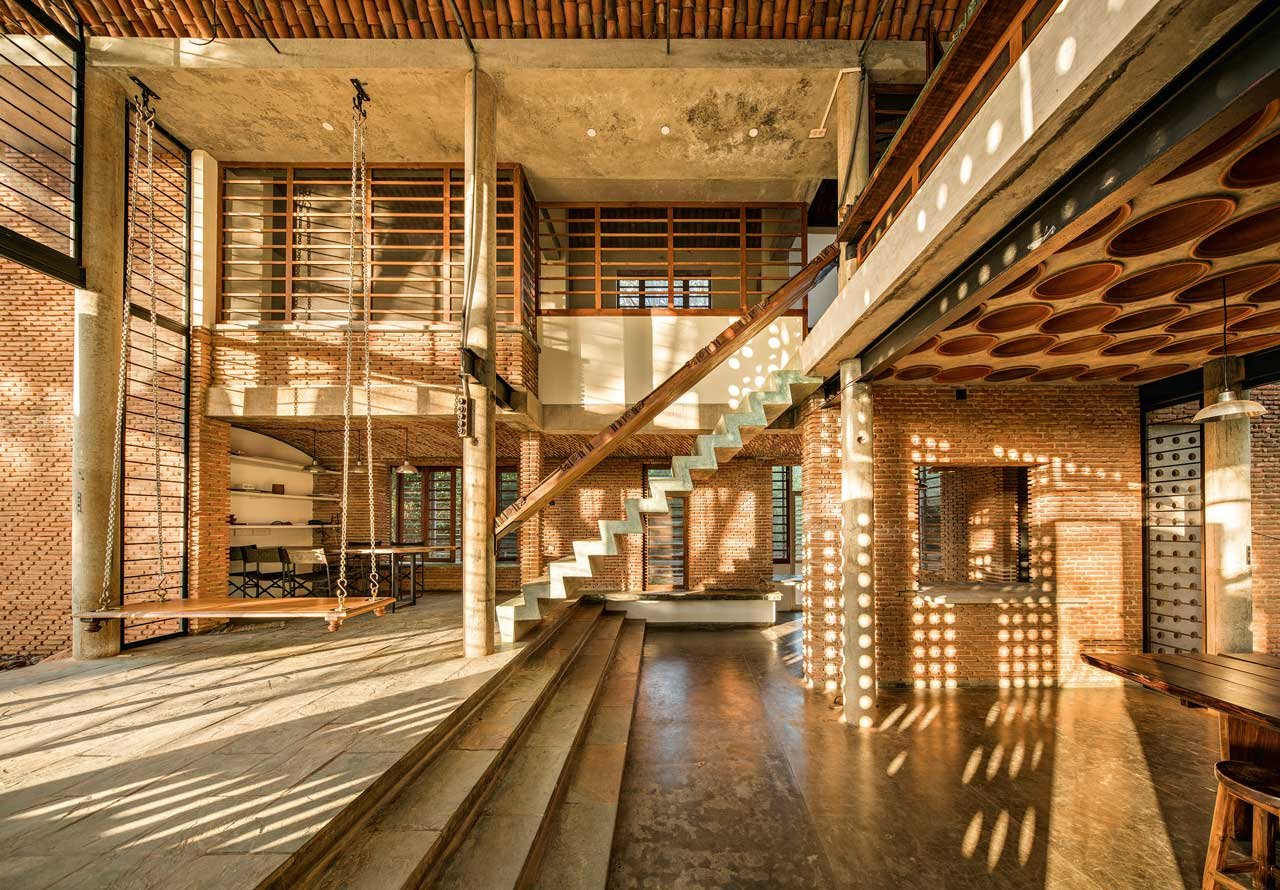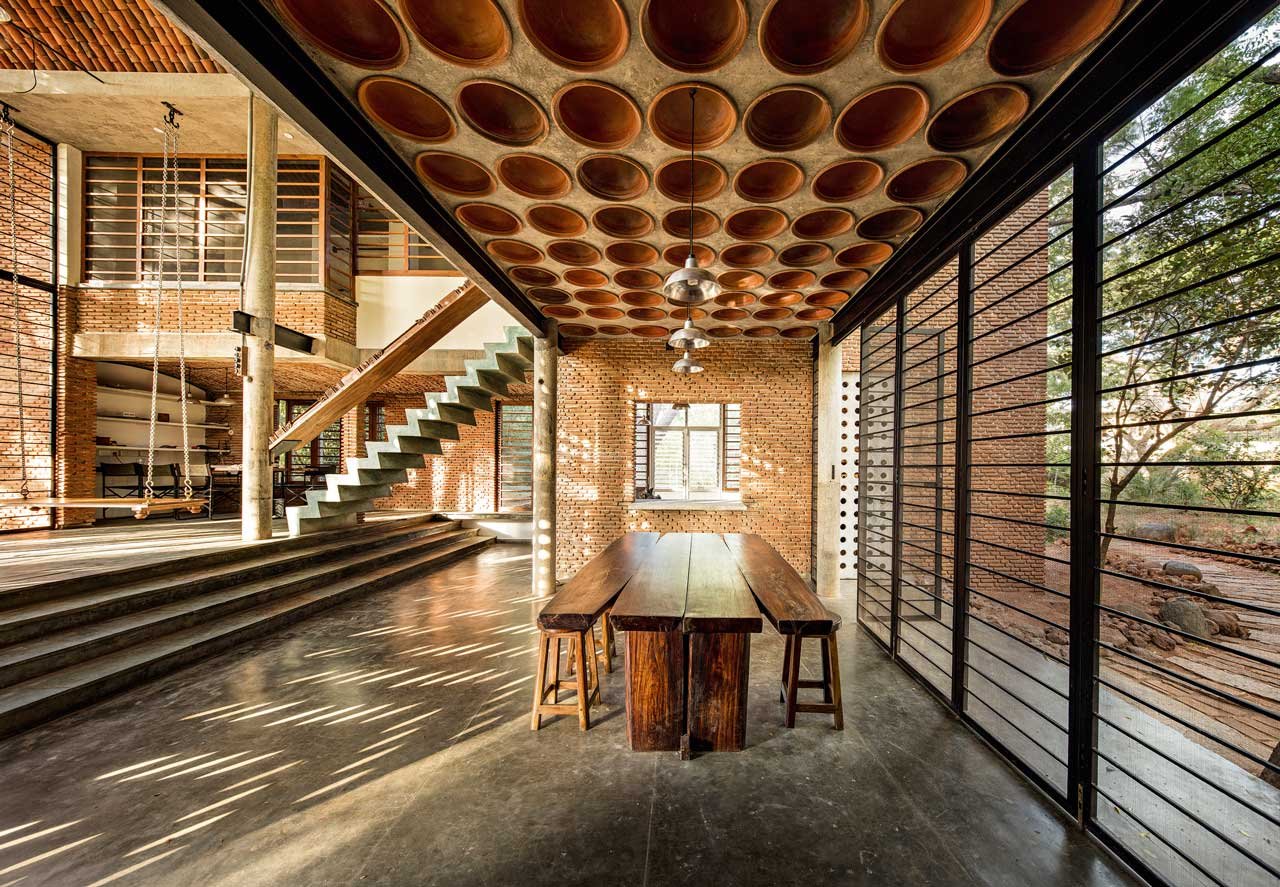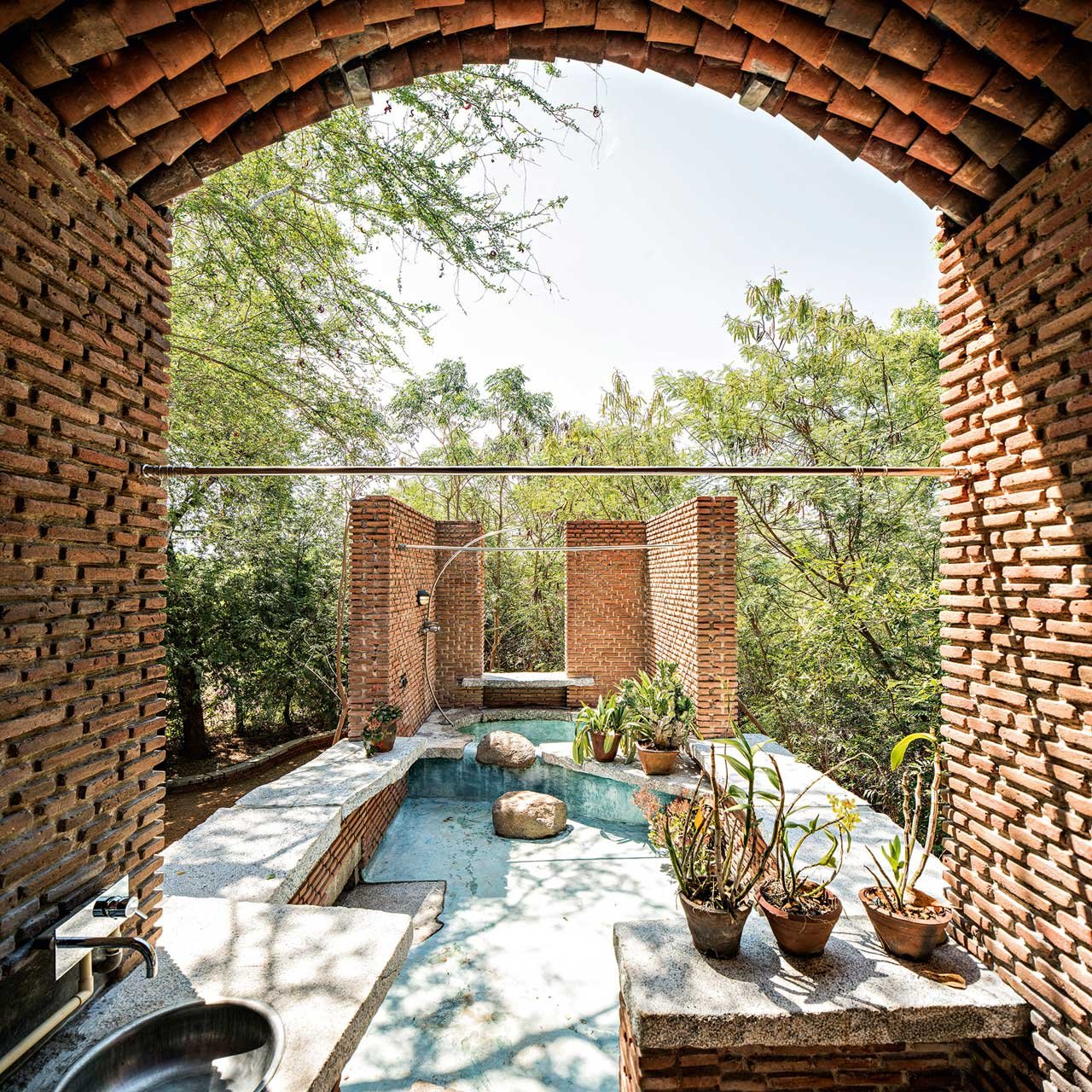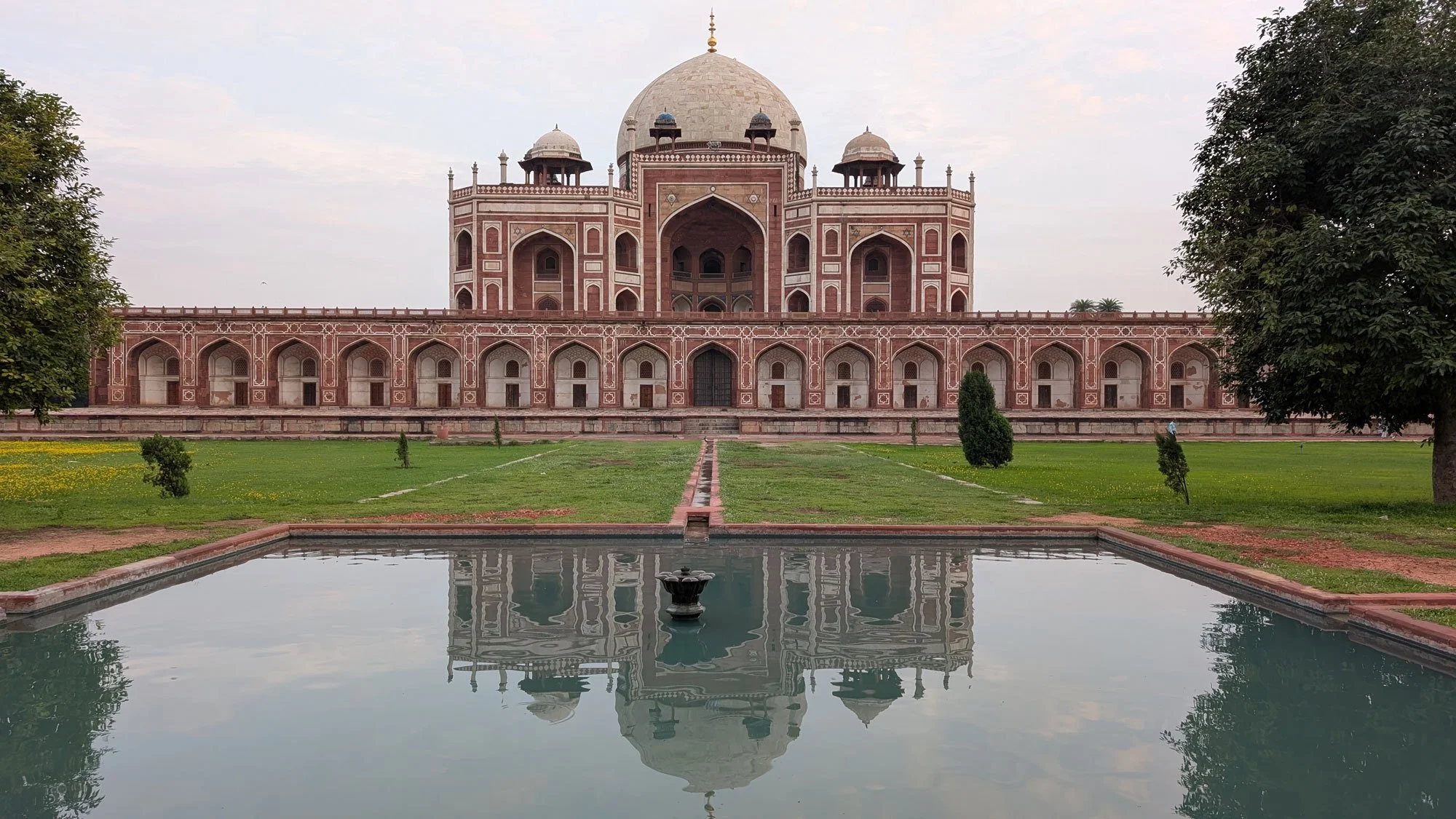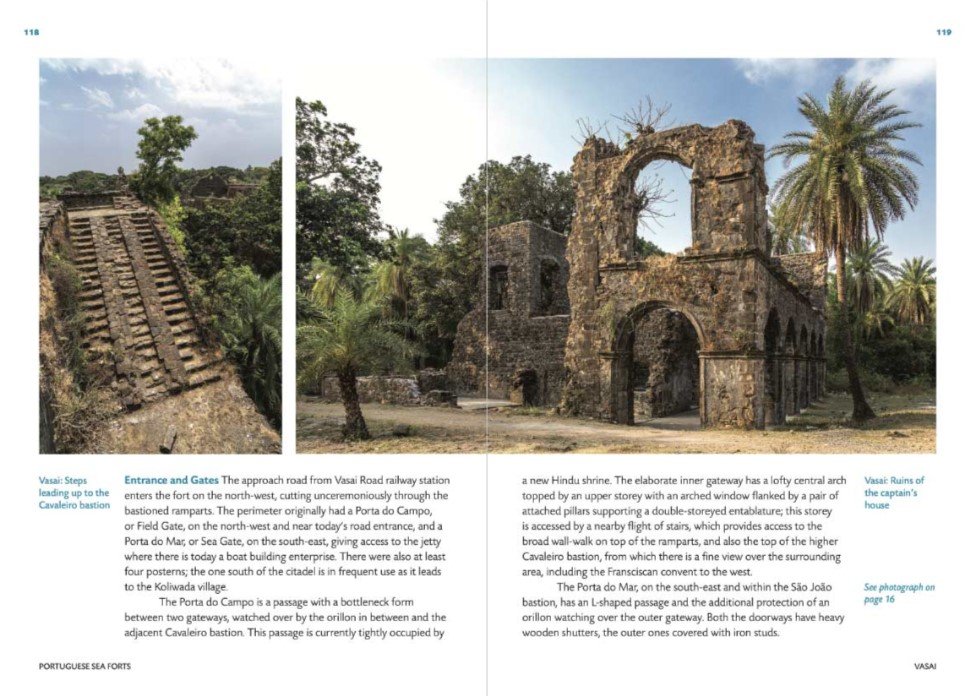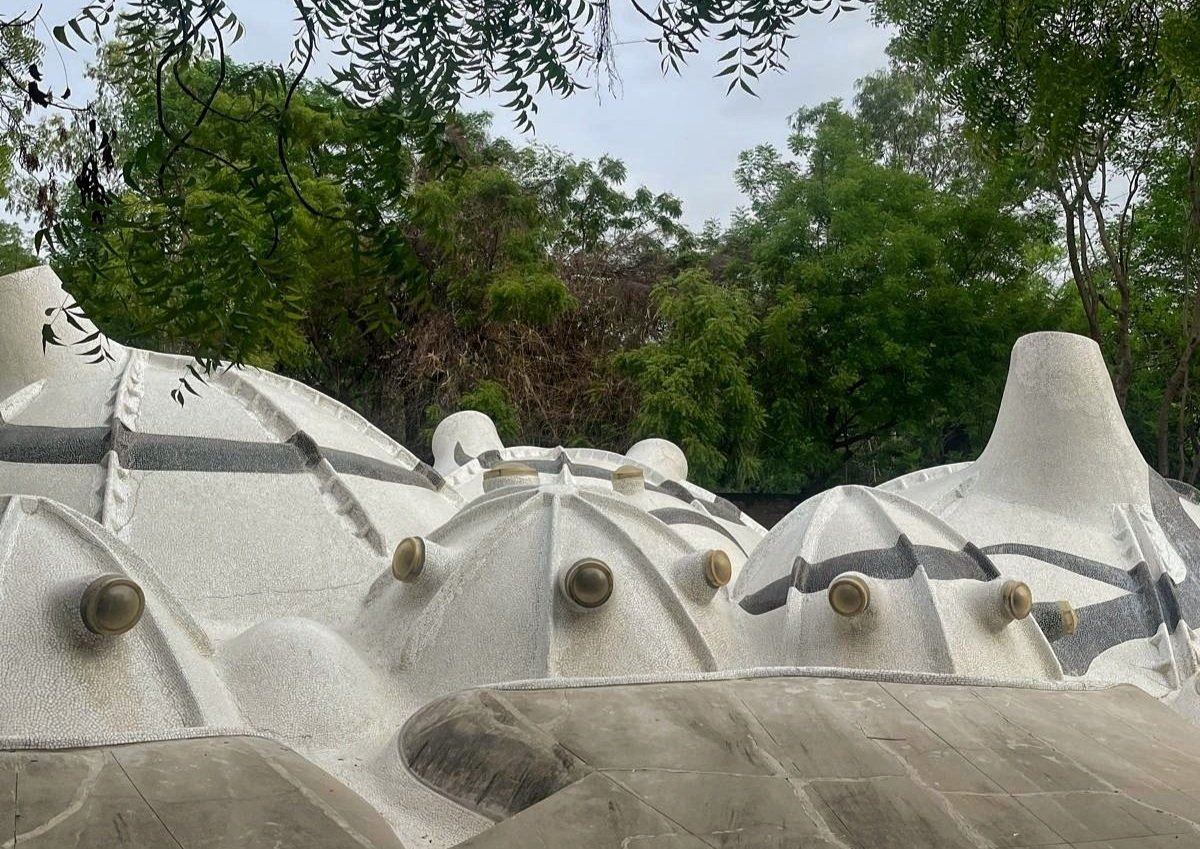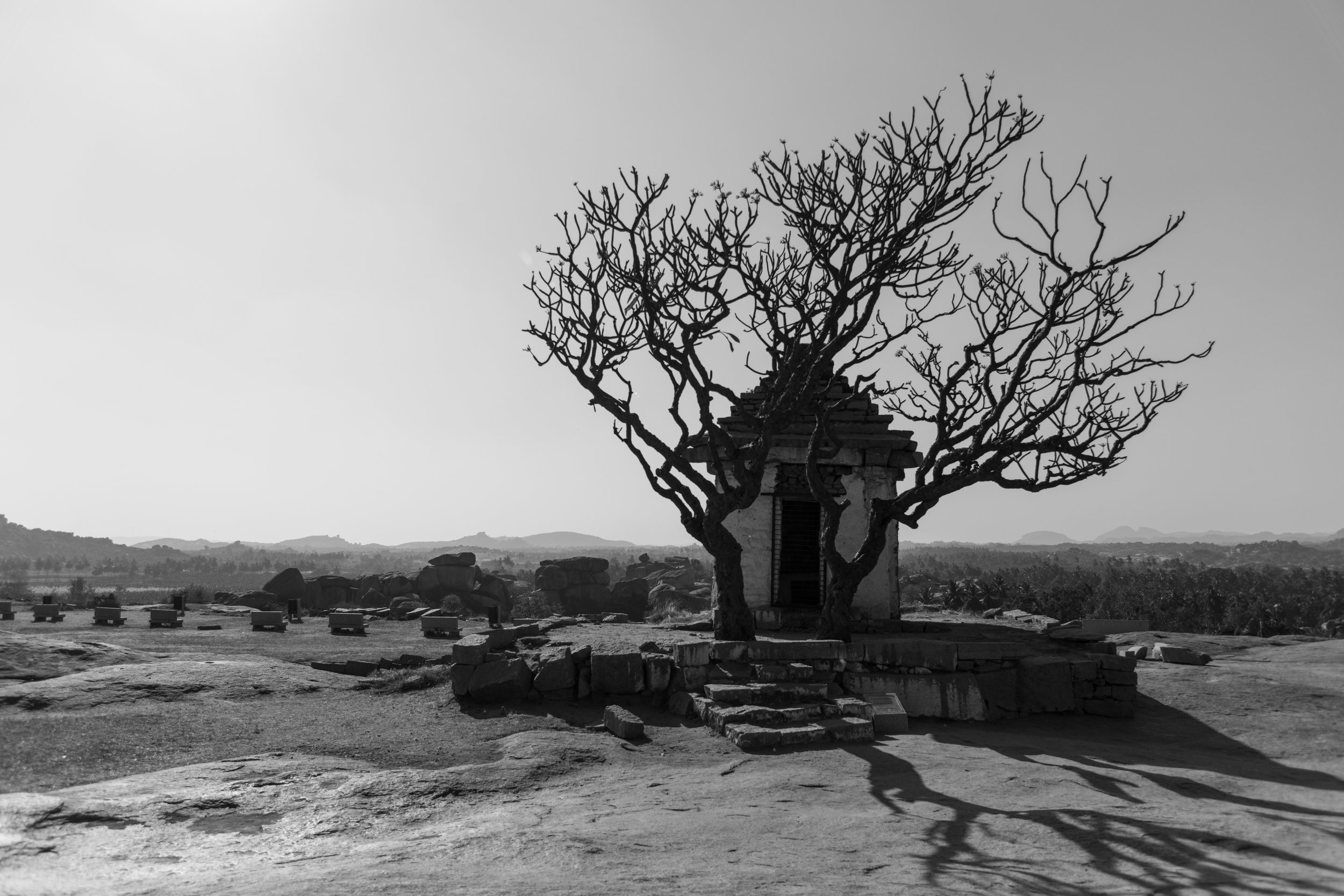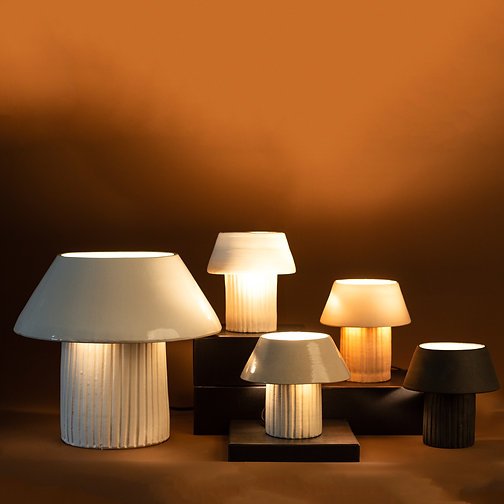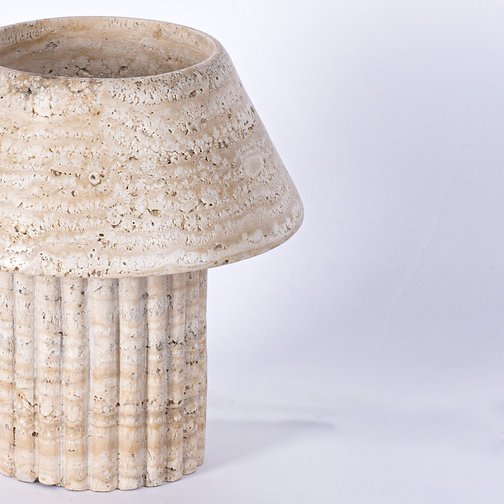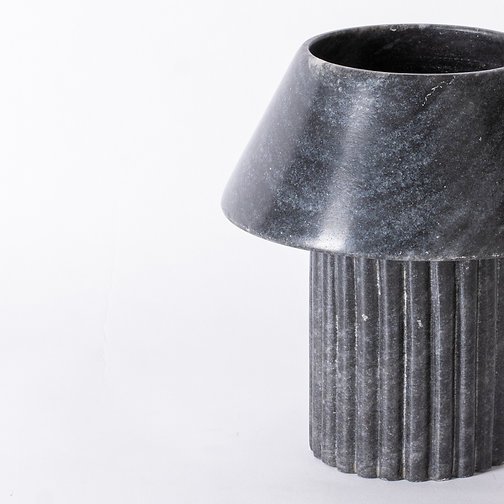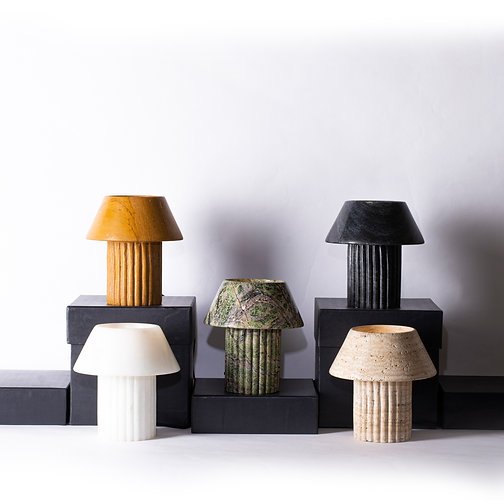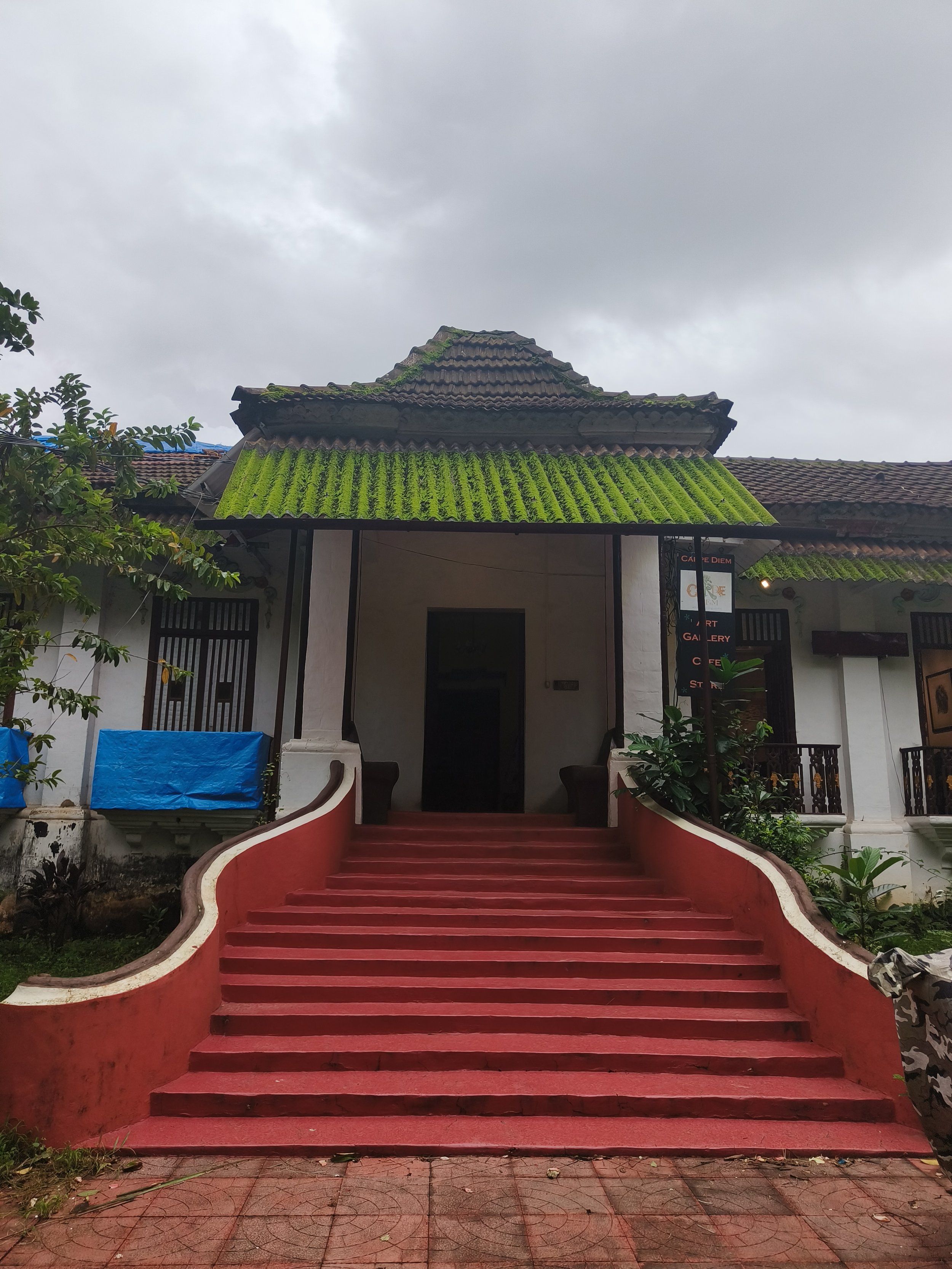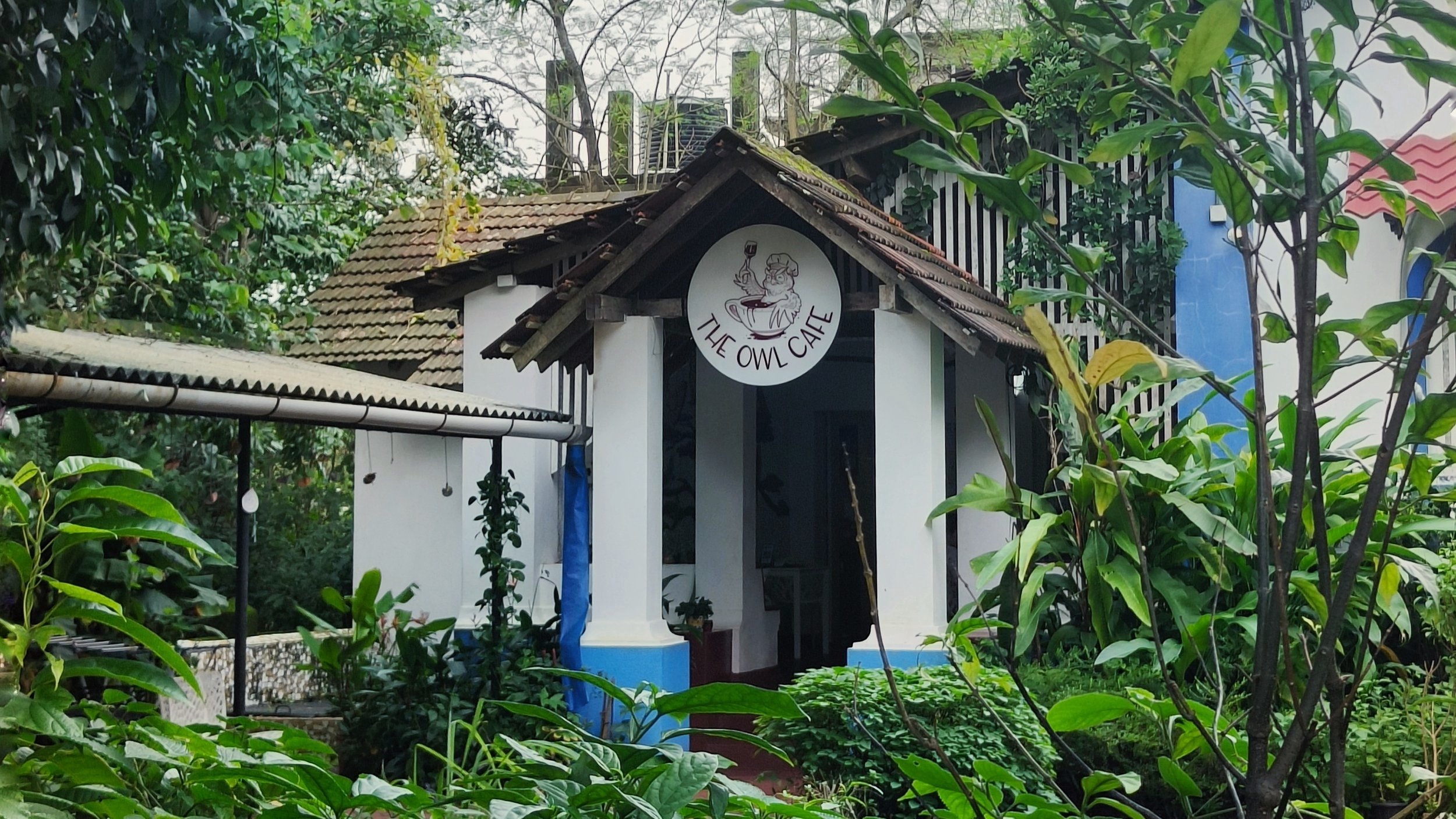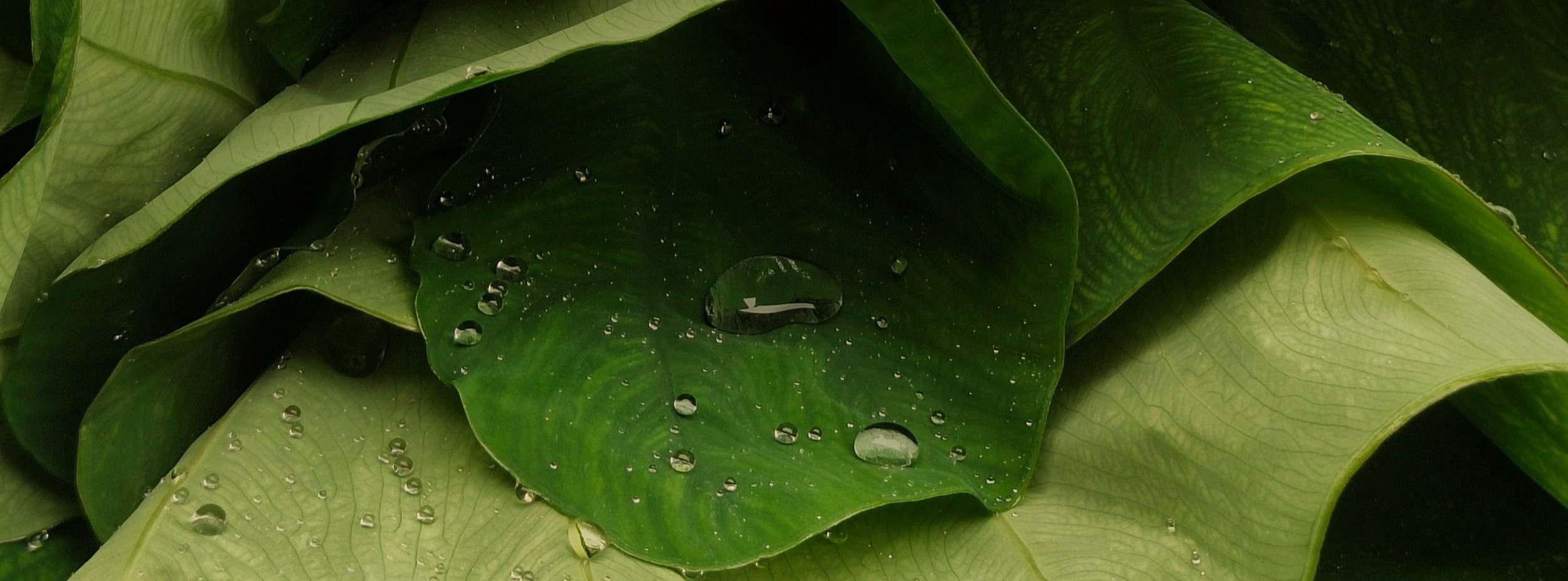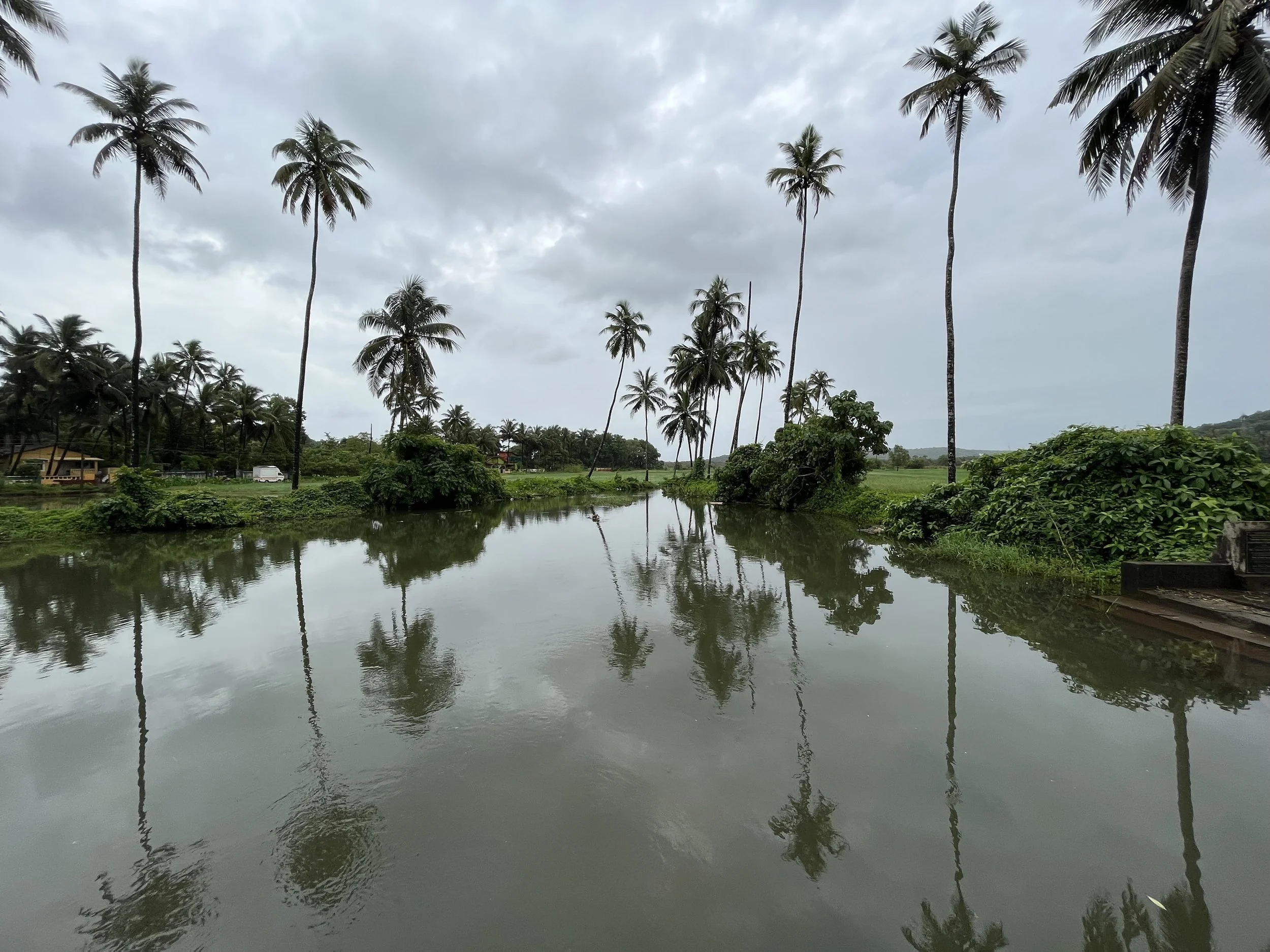Ever wondered what a 150-year-old house looks like when the light hits it just right?
At 4:17 pm, the balcao comes to life. The oxide seating turns golden, and the plants by the pool lean into the warmth of the setting sun.
It is as if the house, in its own rhythm, syncs with the time of day.
Have you ever felt that your home has its own pulse? A natural rhythm, just like us?
That is when the light hits the balcao just right.
And if you listen closely, you will hear the pool ripple and the neighbor’s chicken complaining about something.
We once caught a frog chilling on the oxide seating - do you think he noticed the groove pattern?
Material trivia: The cement floor has a matte finish with a subtle tactile grain. No polish. Just patience.
Words by @arshita.mehta
Photographs by @mareena_m_
GOA VILLA FOR SALE
Toybox is a contemporary restoration of a 150-year old Portuguese house in in Aldona village in North Goa, located adjacent to the river Moira.
Register your interest here.








